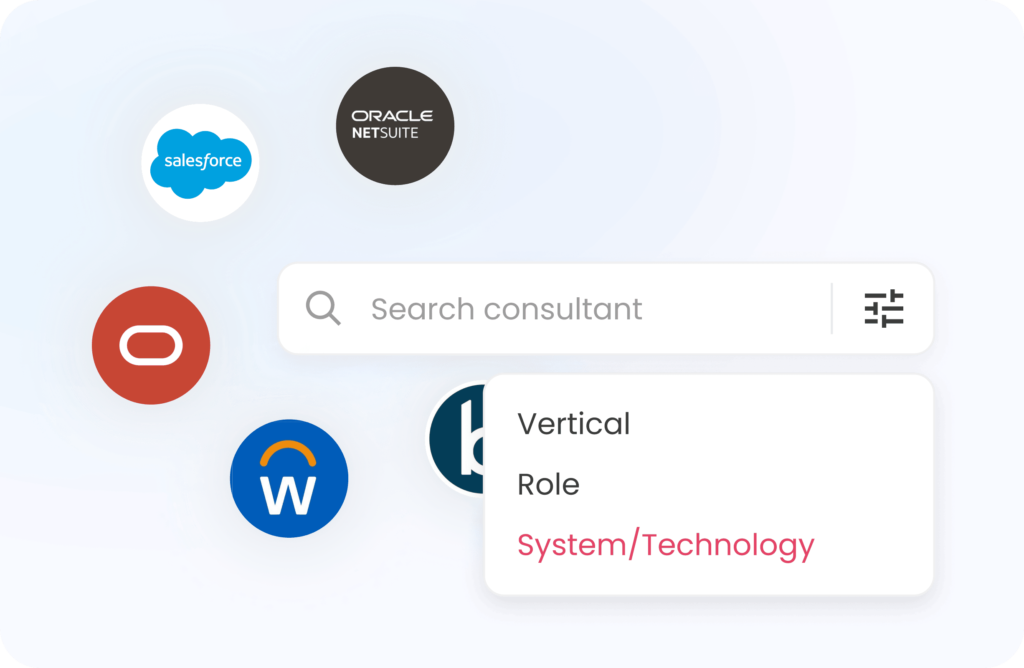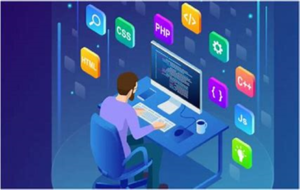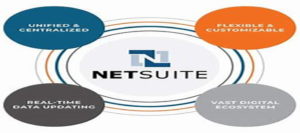Change Management has always been a hiccup during the ERP transformation process. Throughout the transition, there are employees who may be reluctant and require training, along with a management process that must be reviewed and approved at every step
Migrating employees to new systems, rules, and procedures is a critical process that requires careful planning and execution to ensure a smooth transition and minimize disruption to operations.
To address these challenges and ensure a successful migration, here’s a list of essential steps for a successful ERP Change Management Plan.
6 Essential Steps for a Successful ERP Change Management Plan
Here is a list of must haves in an ERP Change Management Checklist as follows:
1. Analyze
Access impact of change.
Approach all levels of management in this study to build a case for change.
Identify opportunities and risks of the new platform and its suitability to existing business processes.
2.Risk Assessment
Understand your current workforce age dynamics before bringing in the new ERP in effect. Older generations are always reluctant to change and will take a considerate amount of time to adapt and accept the new ERP. Conduct a readiness assessment to analyze the bandwidth for it.
3. Bring in Strong Leaders to Cater the Change Culture
A change needs to be handled in a proactive as well as sensitive manner. Organizations need to identify and bring in leaders to make this process filled with trust and impact; both!
4. Communication Plan
Tailor your messages as per the audience.
Put up disclosures, milestones, objectives, and transition processes in an order with the current workforce.
Develop a trust amongst employees for the end goal of adapting to the new system.
5. Workforce Enablement
Address employee fears and concerns.
Give employees a breathing space into their new roles in the system.
Arrange group training sessions explaining all the security norms while implementing the transition process.
6. End User Training
Perform onboarding training sessions for the new active system in place.
Engage employees in system audit activities to understand the system better and self-monitor their work.
Customize your ERP training. Introduce online and offline training schedules to suit every employee’s comfort.
An effective ERP Training Strategy can go a long way towards mitigating employee resistance.
Takeaways
Thus, an ERP Implementation can be simple, or complex based on the various factors like size of the organization, crowd of the organization and a willingness of managing the transition chaos in the system.
However, not taking charge of an ERP change management can blister a serious ERP failure!By prioritizing ERP change management, you can equip your workforce with the confidence to embrace the new system.






